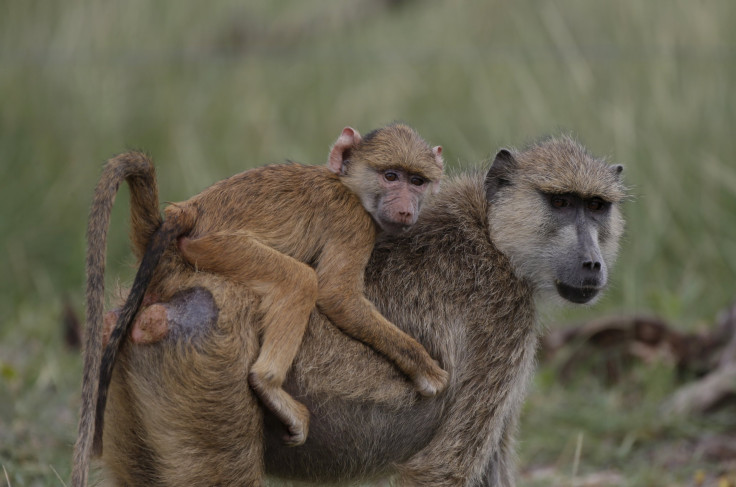Most Nonhuman Primates At Risk Of Extinction: 60% Of Our Closest Biological Relatives Could Disappear In 25 Years, Study Says

The first true primate that we have fossil evidence for existed over 55 million years ago, about 10 million years after the dinosaurs went extinct. And since then, as various primate species evolved and spread across the world, one of them — us Homo sapiens — came to dominate the planet.
Even as humans now live on every continent (except Antarctica, where only research stations exist), our actions are leading to the possible extinction of other primates, our closest biological relatives. A study published Wednesday in the journal Science Advances said about 60 percent of the 504 known primate species in the world could go extinct in 25 years, while almost 75 percent have declining populations.
“This situation is the result of escalating anthropogenic pressures on primates and their habitats — mainly global and local market demands, leading to extensive habitat loss through the expansion of industrial agriculture, large-scale cattle ranching, logging, oil and gas drilling, mining, dam building, and the construction of new road networks in primate range regions. Other important drivers are increased bushmeat hunting and the illegal trade of primates as pets and primate body parts, along with emerging threats, such as climate change and anthroponotic diseases. Often, these pressures act in synergy, exacerbating primate population declines,” the study said.

Globally, the single-biggest danger faced by these animals is from human agricultural activity, which alone threatens over 75 percent of all primate species.
Written by an international team of over 30 researchers, the study is the most comprehensive of its kind so far, according to the authors, and it paints a dire picture for nonhuman primates.
Paul Garber from the University of Illinois, Urbana-Champaign, who was co-leader of the research group along with Alejandro Estrada of the National Autonomous University of Mexico, said in a statement: “This truly is the eleventh hour for many of these creatures. Several species of lemurs, monkeys and apes – such as the ring-tailed lemur, Udzunga red colobus monkey, Yunnan snub-nosed monkey, white-headed langur and Grauer’s gorilla – are down to a population of a few thousand individuals. In the case of the Hainan gibbon, a species of ape in China, there are fewer than 30 animals left.”

While they are present naturally in 90 countries around the world, two-thirds of all primate species are endemic to just four countries — Brazil, Indonesia, Madagascar and the Democratic Republic of Congo — the researchers said, making them the most obvious and important targets for conservation measures. The authors hope that such measures could maybe even reverse the “global primate extinction trend.”
The study used data from the IUCN Red List, peer-reviewed scientific literature and from the databases of the United Nations.
© Copyright IBTimes 2025. All rights reserved.



















